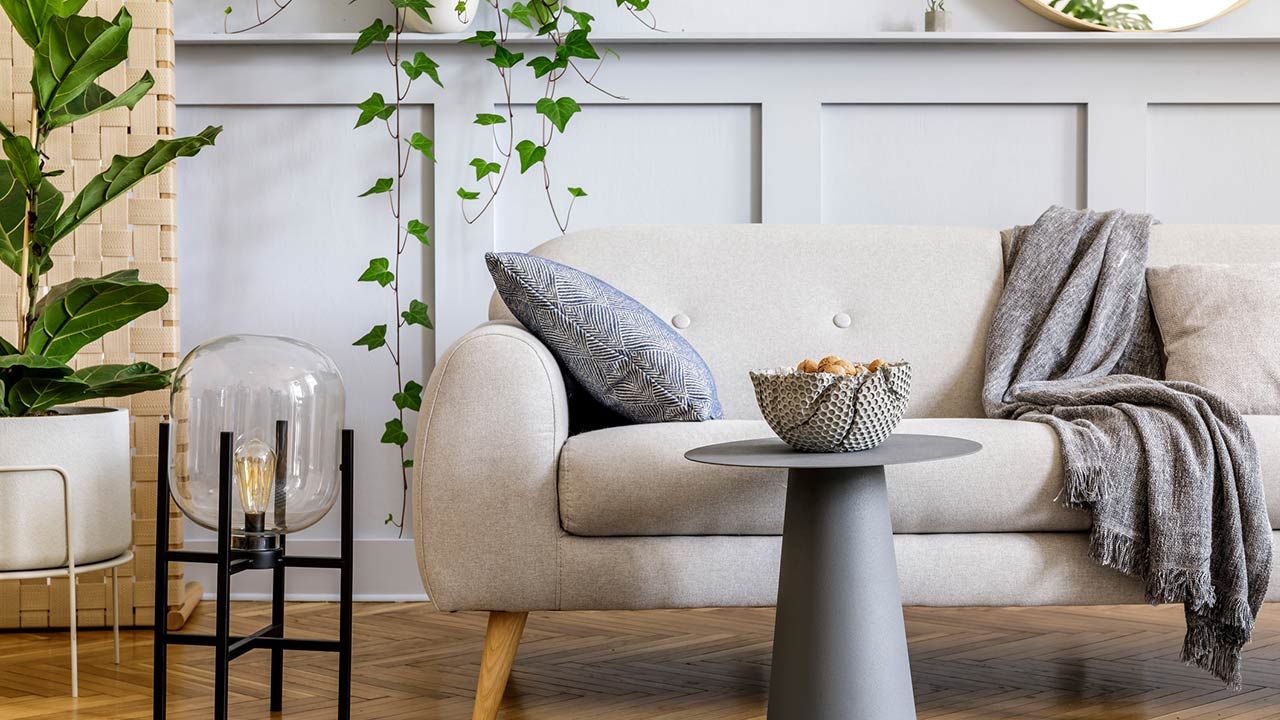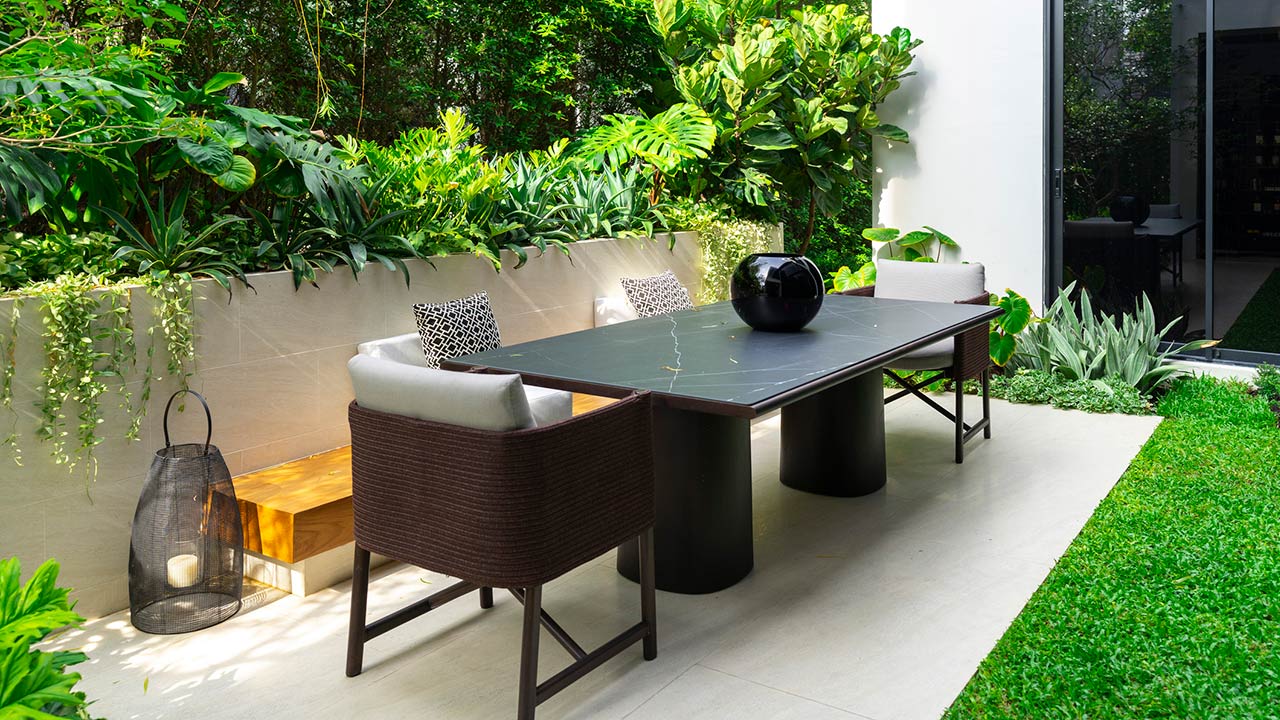Are the Sellers Trying to Hide Something From You With Their Home Staging?
There’s nothing wrong with hiring a professional home stager to prepare a home for the market. In fact, it’s encouraged. Presenting a home in the best light possible can help potential buyers picture themselves living in the space, and better the see the home’s best attributes.
When a home is properly decorated, proportionately furnished, and neutrally painted, it will attract more buyers. It’s an extremely helpful tool for sellers looking to gain the most attention on their home as possible.
As a buyer, there are certain questions you should ask yourself when you walk into a staged home. While staging is important to help sellers make their homes as attractive as possible, it can also distract buyers from certain issues they didn’t notice in their initial walk-through.
If you’re on the prowl for a new home, ask yourself the following questions about the staging of properties you look at:
Is the Home Overly Decorated?
If you notice that a home you view in person has somewhat of a ‘generic’ feel to it, it’s probably been professionally staged. Look for signs such as all of the pieces are coming from the same manufacturer, zero wear and tear, and even price stickers under vases. These are signs that the house has been decorated to appeal to the masses.
While some home owners might constantly be on top of the latest in home interior decor, many others don’t have this type of time nor inclination to achieve such perfection. While the decor might be impressive, make sure to look past it and scope out the bones of the house.
Is the Staging Functional and Practical?
Look at the way the furniture is arranged – does it make any sense to you? If the place was yours, would you have positioned the furniture pieces in the same manner? Would you have put your own chairs on each side of the fireplace, or a solitary armchair in front of the window?
While these types of arrangements are attractive and sensical to some, to others they may not be practical. If you think a certain furniture arrangement is a bit odd (albeit attractive), odds are a certain issue might be camouflaged. Look underneath furniture – including area rugs – to check for any problems with the flooring. And be sure to look behind every piece of furniture and object to determine if there are any unpleasant surprises lurking.
Do All the Furniture Pieces Fit Well in the Space?
Try to determine whether or not the furnishings are proportionate to the size of the rooms. Spaces that are low on square footage are often made to appear larger than they are by having smaller-scale pieces arranged within them.
If you sit at the couch and your knees are chest-height, or the dining room table feels like it was made for children, this may be a sign that the rooms are on the small side. This might be fine for some buyers, but not necessarily for others.
On the flip side, oversized furniture might suggest that the rooms are on the larger end of the size spectrum. In this case, it could mean more money out of your pocket will be needed to furnish such large spaces.
Are There Issues That Are Being Purposely Hidden?
Among the most expensive rooms in the home to repair and renovate are the kitchen and bathroom, which definitely make the top of the list. When it comes to staging, sellers might purposely place certain objects on top or in front of issues they might not necessarily want you to notice before an offer is on the table.
So the next time you’re penciled in for a home viewing, move the towels on the bathroom sink, and push aside the candles on the kitchen counter. Check to see if the caulking is fresh in the bathtub, and if there are any signs of water damage under the sinks.
You can’t fault sellers for professionally staging their homes. Their real estate agents encourage it, and so would yours if you were selling too. There’s a difference between showing buyers what the home could look like with the right decorating strategies, and simply hiding the property’s defects.
Luckily, your real estate agent will be able to help you point out any flaws with the home that the seller may have been trying to hide through strategic home staging efforts.












